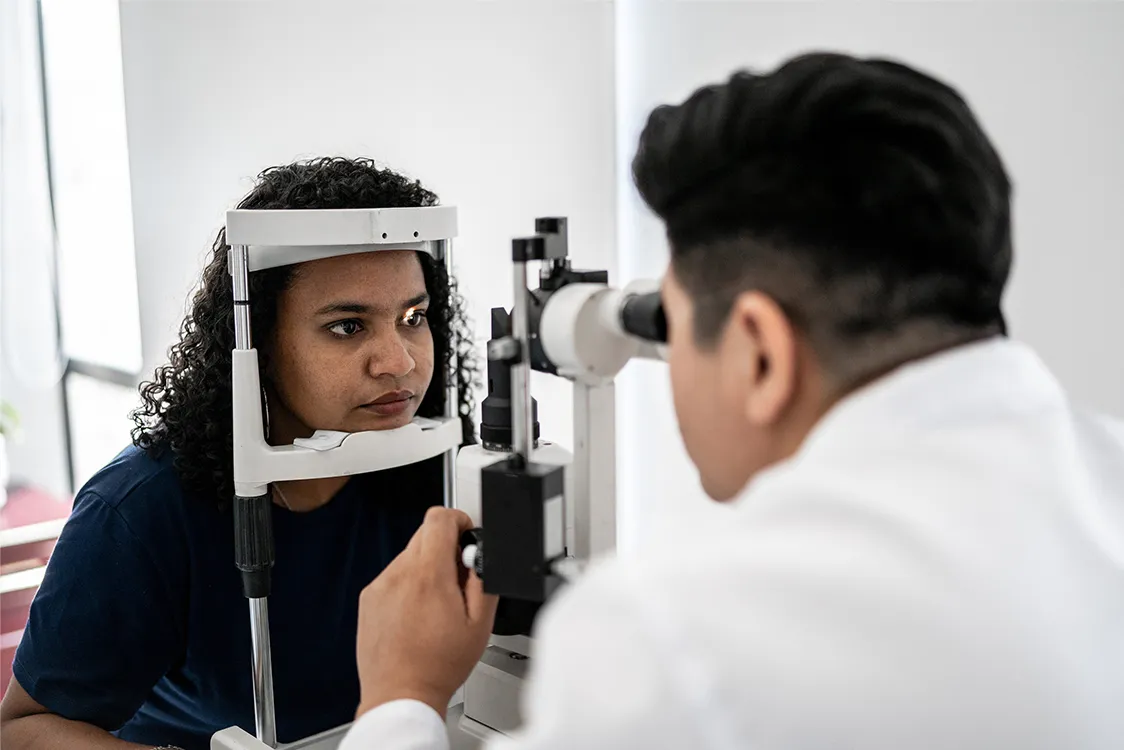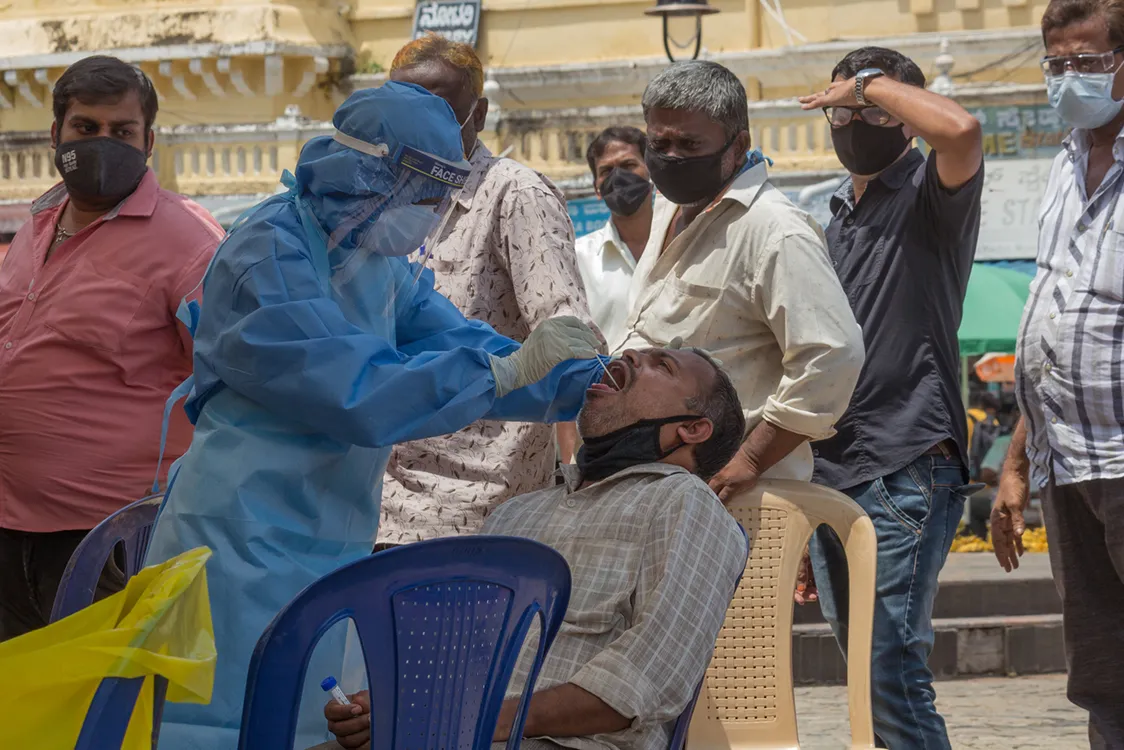In the western world, the prevalence of psoriasis is between 2 and 4%, whereas, in India, it is between 1 and 2%. The fact that the disease is becoming more common in developing nations is also concerning.
One of the common skin conditions that affect people worldwide is psoriasis. It is a chronic, immune-mediated skin condition with a significant negative psychological and physical impact. The quality of life for the patient with psoriasis will also be profoundly impacted. Numerous patients will experience profound effects on their social lives as well. In the west, the prevalence rate is between 2 and 4%, whereas, in India, it is only between 1% and 2%. The fact that the disease is becoming more common in developing nations is also concerning.
Psoriasis is regarded as a condition with multifactorial pathogenesis, including both innate and acquired factors. Numerous immunological factors have been considered, and many more recent medications target these cytokines.
There are numerous morphological types and a wide range of clinical manifestations. Psoriatic arthritis can develop when psoriasis affects the joints. Psoriasis is now recognized as a metabolic disease.
Many patients in developing and low-income countries lack access to specialized care for their illnesses. Many of these patients don’t visit a dermatologist until years have passed since their last visit. To avoid morbidity and incapacitate joint deformities, beginning a specific course of treatment as soon as possible after the onset of the illness is crucial.
Both topical and systemic therapies are available for the treatment of psoriasis. There are numerous options for managing this disease since there is no one complete cure for psoriasis and arthritis. The fact that most of these medications are expensive and frequently beyond the average person’s means is very upsetting. Moisturizer applications, coal tar ointment, and vitamin D analogs are examples of topical agents. Even though topical steroids temporarily alleviate symptoms, their use should be limited and under dermatologist supervision. Due to various side effects, it is necessary to administer traditional systemic medications like methotrexate, cyclosporine, and azathioprine under supervision. The current biologic therapies are successful, but many patients cannot afford them. There are Apremilastand J K inhibitors among the small molecules.
The majority of these medications need extensive care and professional supervision. Biologics are reported to have relatively high patient satisfaction levels, but the main drawbacks are costs and a long-term loss of response.
Many government health and insurance programs do not cover psoriasis treatment, which is extremely depressing. Treatments are generally lengthy and expensive, providing patients with various insurance options is crucial. The World Health Organization has been advised to classify biologics as essential drugs at the moment by the International League of Dermatological Societies. Even in developed nations, insurance plans do not cover the cost of biologics. If biologics are prescribed, the insurance premium may occasionally increase in subsequent years.
As a result, psoriasis can be viewed as a chronic, relapsing disease that significantly impacts patients’ quality of life and psychological well-being. Support for newer therapies for psoriasis patients is essential for improving their quality of life.





